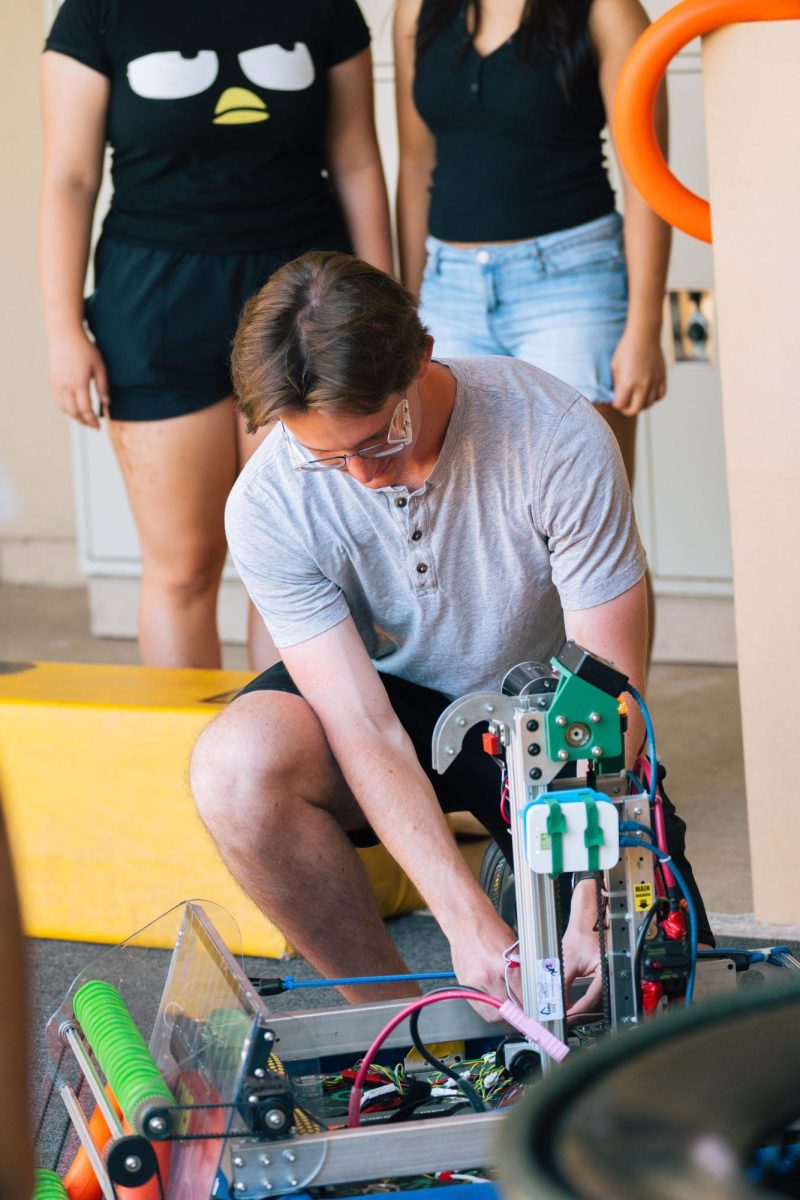Waymos: the cars that navigate through city streets 24/7 without ever needing to stop for a lunch break. While humans are prone to distractions, human errors, and road rage, Waymos are constantly focused on the road. These vehicles assess their environment, making prompt decisions that safely and effectively transport passengers to their destinations.
After releasing their first self-driving car in 2017, Waymo has grown immensely and expanded to several cities, including San Francisco, Los Angeles, and Phoenix. Designed to be even safer than human-driven vehicles, Waymo’s self-driving cars use artificial intelligence to map out the most ideal routes.
Moreover, these fully electric vehicles reduce carbon emissions through the use of two types of renewable energy- wind and solar power. While human drivers often exceed speed limits, Waymo’s vehicles strictly adhere to them, reaching a maximum speed of 65 mph. Lastly, Waymo’s quiet and smooth operation allows business professionals in these bustling cities to work or take meetings during their commutes.
Although Waymo’s autonomous vehicle technology is widely admired, some have expressed doubts about its reliability. In 2024 alone, Waymo issued two separate recalls: one due to a software error that caused its vehicles to misjudge the movement of towed vehicles and another following a collision with a telephone pole. Despite Waymo’s claims of increased safety in comparison to human driven vehicles, potential risks still exist.
Beyond these safety concerns, the extensive use of autonomous vehicles also raises ethical concerns about the transition to self-driving technology. Many worry that as these vehicles gain popularity, millions of people who occupy driving positions risk being displaced.
One aspect that people often fail to consider is that Waymo also opens up numerous job opportunities as well. Waymo offers more employment positions for technicians and workers that handle routine jobs for cleaning and maintenance. While most of these positions do require engineering backgrounds, the ethical impact of normalizing Waymo would be significantly less drastic than what people might believe.
Compared to other major ride-sharing services like Uber, Waymo’s prices are generally comparable. However, Waymo doesn’t include tipping mechanisms, potentially resulting in a lower overall price for passengers. On the other hand, Uber’s human drivers can adapt based on real-time traffic conditions, allowing them to travel faster than Waymo’s more conservative vehicles.
While Waymo vehicles can only accommodate two large suitcases, Ubers offer a wider variety of car sizes. Furthermore, Waymo often struggles to drop passengers off at their exact destinations, whereas Uber passengers can personally instruct their drivers.
While Waymo does have several flaws, its advanced algorithms and technical capabilities guide us towards a future with safer and more comfortable transportation methods. With its already advanced capabilities, I fully believe that Waymo can develop into an even more reliable and safe ride-sharing service in the near future.







